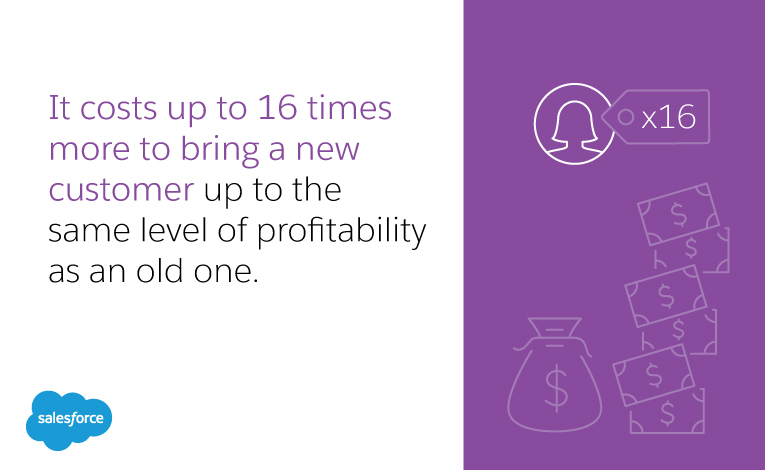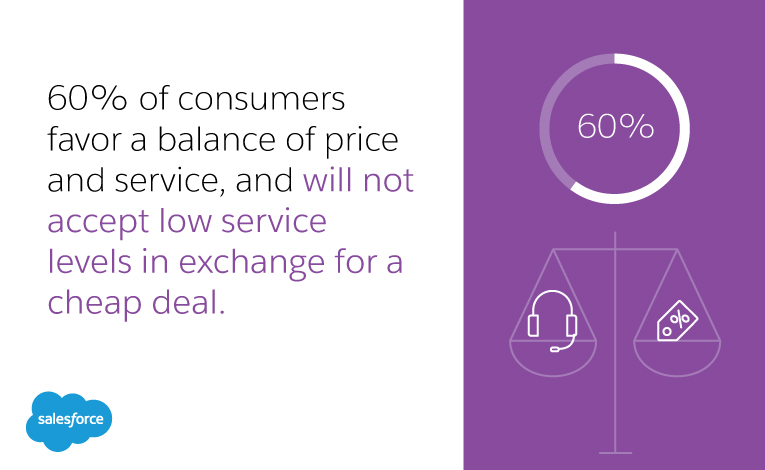sample customer service goals
How to set customer service goals that actually work


Setting goals in the first step towards delivering a consistently positive customer experience. However, it is not enough to simply set a few vague objectives. Goals should be specific, actionable, challenging, and most importantly effective. There are a lot of accepted methods for effective goal setting, so take a look at some of the best, as well as some sample customer service goals to figure out what might work best for your business.
It’s All About Knowing What Your Customers Want.
In order to focus your customer service goals in the right place, it is important to fully understand your customers — their wants, their needs, and their habits. How do you get to know your customers? Once upon a time, it was easy to assume that a good, cheap product was all that mattered. “Customer service” only involved giving customers a product that they wanted at a low price.
Now, however, customers expect more — 60% of consumers favor a balance of price and service, and will not accept low service levels in exchange for a cheap deal. 72% of customers expect a support agent to know their contact information and service history without being asked, and most customers are looking for an omnichannel experience — last year 59% of US retailers reported that omnichannel customers were the most profitable.

These figures suggest that modern customers are not just looking for good customer service, they are looking for a company that can give them a unified, one-to-one customer journey across every channel, and quick resolution to any issues. This makes new customer relationship management (CRM) technology an increasingly important tool in helping you provide the kind of experience that customers have come to expect. Using these tools, you can mine customer data in order to make decisions that will fit them better, and resolve any customer service issues quicker.
Set SMART Customer Service Goals.
When it comes down to actually setting your customer service goals, there are a lot of things to take into account. This is why many customer service managers neglect goal setting — it can seem like too much of a drain on limited amounts of time. However, as has been proven, properly crafted customer service goals are essential. Having a system for crafting them can reduce the amount of time taken creating goals and help you to come up with ones that actually work.
One tried-and-tested method for creating goals is to use the SMART solution. Sample SMART goals for customer service have so far earned positive responses from those who have used them, and provide an effective framework for developing objectives that lead to results. Here’s what SMART stands for:
S: SpecificSpecificity is essential in creating goals. Something akin to “make customer service better” is not going to help anyone. Ask yourself and your representatives how you are going to improve your customer service, what tools you are going to use, and what benefits each goal will provide each individual and the company as a whole.
M: MeasurableIn order to know whether your goals are actually having their intended effect, you have to have a concrete means of measuring them. Use past results to craft goals that you can effectively track. For example, for customer service you might use customer retention rates, complaint volume, or other relevant metrics.
A: Agreed UponGoal setting should be a collaborative process. Your customer service representatives will be the ones who are working to achieve these goals, and as such should be involved in making them. Many minds are always better than one, so you will no doubt come to value their customer service skills and knowledge in the goal setting process.
R: RealistiPart of the benefit of using other employees to help come up with customer service goals, is that you are able to work together to figure out what is actually realistic. When goal setting, you should aim to push everyone to the best of their abilities, but make sure not to aim somewhere that is out of reach. Goals that are too lofty may damage morale or motivation as they are seen as unachievable.
T: Time-basedAs with “measurable,” it is important to make every goal time sensitive. This not only gives a realistic endpoint to work towards, but encourages new goals to be set regularly. If deadlines become unrealistic, they can always be revised, but there is something about having a set due-date that helps motivate people.
Sample SMART Goals for a Customer Service Representative.
The most important thing to remember is to make customer service goals that will actively benefit your company, but to help you find a starting point, here are some sample customer service objectives and goals:
By next month, have a representative using the branded account responding to every social media inquiry within X hours.
Improve customer satisfaction ratings by X% by the end of the year.
Develop a more effective customer satisfaction survey, as determined by response rate.
Boost customer retention rates by X% over the next X months/years.
Develop a more effective customer service employee training program, perhaps measured through skill-based awards.
Increase the number of referrals to sales by X% through upgrades or add-ons.
Increase the number of positive social media mentions to an average X per month.
Improve star rating on [industry-relevant review site] by X.
These sample customer service goals should help get you started in the right place. You don’t have to use these exact goals, but using the SMART method will help you and your team to come up with effective and measurable goals. You can achieve and track these results through using a CRM solution like Salesforce Service Cloud. Using Salesforce solutions, you can fully understand your customers and provide the kind of omnichannel journey that they are looking for. The best customer service can become one of the most important factors in boosting a business’ bottom line. Make sure that your customer service goals are aiding your company in doing just that.
Customers don't stick around when it comes to sub-par service, but the opposite is equally true. By improving the level of service you offer your clients, you’ll be able to ensure that they enjoy their experience, leave happy, and share their experience with others. With specific customer service goals in mind and the right platform to help you measure and attain those goals, you’ll be giving your clients something they never realized they wanted — a reason to want to keep doing business with you.
